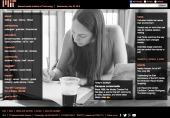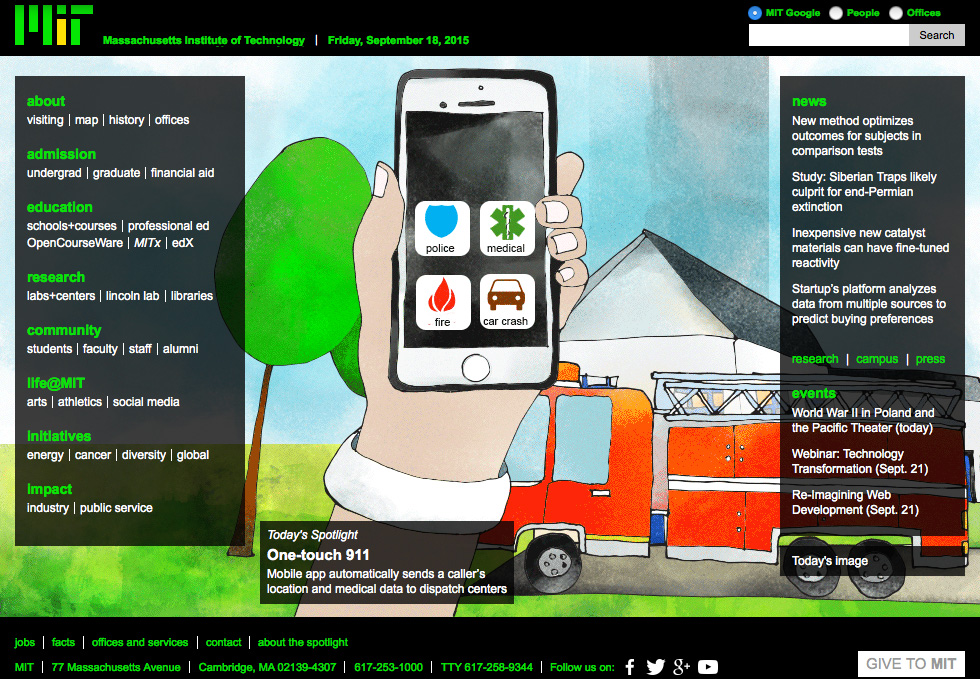Today’s spotlight features an animation by Christine Daniloff/MIT.
The nation’s 911 dispatch centers aren’t really equipped for the mobile world.
According to the Federal Communications Commission (FCC), around 70 percent of 911 calls today are made via mobile phones. Yet when fielding such calls, dispatchers rely on landline-based systems that sometimes fail to pinpoint a mobile caller’s location quickly — or at all — during time-sensitive emergencies. Experts have estimated that 60 percent of 911 calls come through with inaccurate or no location data.
Read full article.
The nation’s 911 dispatch centers aren’t really equipped for the mobile world.
According to the Federal Communications Commission (FCC), around 70 percent of 911 calls today are made via mobile phones. Yet when fielding such calls, dispatchers rely on landline-based systems that sometimes fail to pinpoint a mobile caller’s location quickly — or at all — during time-sensitive emergencies. Experts have estimated that 60 percent of 911 calls come through with inaccurate or no location data.
Read full article.




